Foods to Fight Anemia
Eating foods rich in iron can help boost the body's production of red blood cells and fight against anemia.
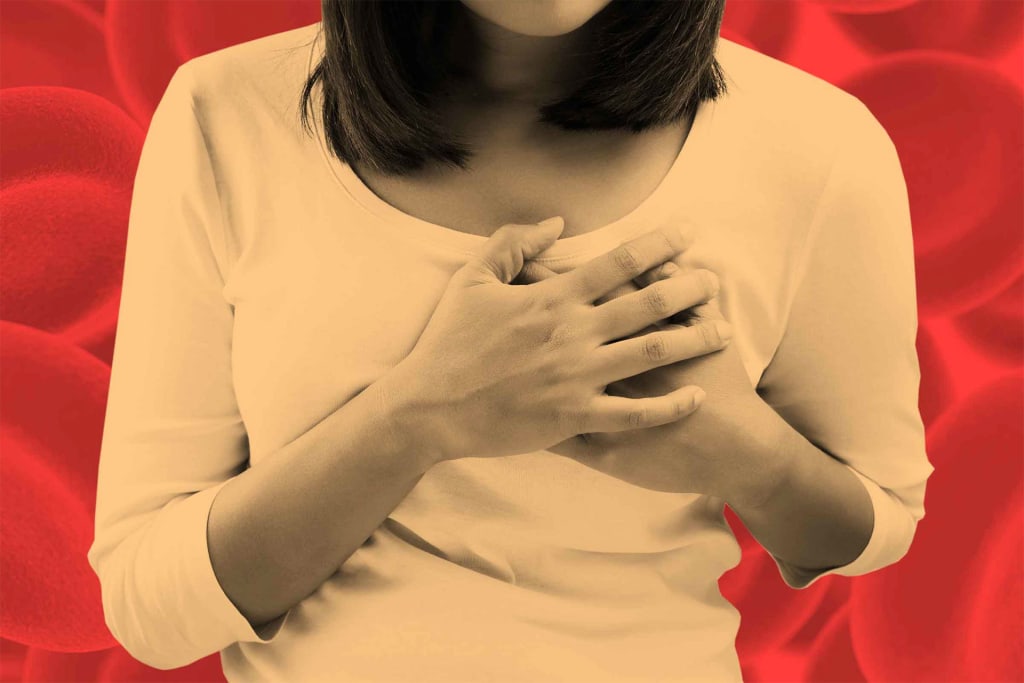
Anemia is defined as the occurrence of decreased numbers of red blood cells in the body. Red blood cells are crucial to the body’s functioning; they carry hemoglobin which contains iron molecules. Hemoglobin carries oxygen from the lungs to the rest of the body. Of all blood disorders, anemia is the most common. It affects more than three million Americans, and is more common in women than men.
The best way to "cure" or care for anemia is to eat foods with iron; this will help increase the number of red blood cells, which in turn will raise hemoglobin and iron stores. Left untreated, anemia can cause a number of related health issues, including congestive heart failure.
Causes and Symptoms of Anemia
There are many causes of anemia:
- Excessive blood loss
- Deficiency of iron
- High BMI
- Smoking
- Deficiency in vitamin B12
- Inherited disorders, such as sickle cell anemia
- Certain health conditions such as Crohn’s disease, leukemia and arthritis
The main symptoms of anemia are fatigue, shortness of breath, sensitivity to cold, heart palpitations and a general feeling of tiredness and weakness. A simple blood test is used to diagnose the condition. In rare cases, blood transfusions may be needed.
Once diagnosed with anemia, your doctor or health care provider will likely prescribe you iron (Ferrous Gluconate or other iron source), as well as vitamin B12. Along with these medications, eating the right foods will help to fight anemia, as well and get you feeling better, sooner.
Best Foods for Anemia
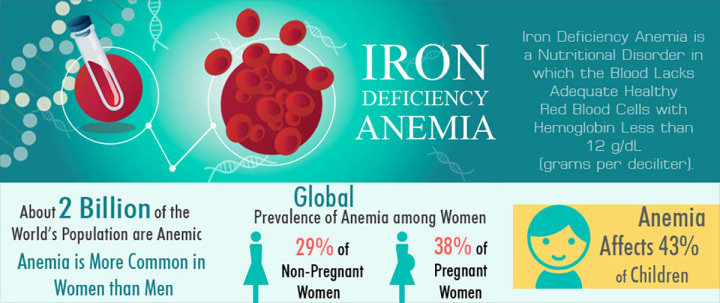
Eating a healthy diet is important for everyone, but is particularly important for those with anemia. The key is to find foods that contain large amounts of iron, along with vitamin C and B12. Luckily, there are several foods that are both healthy and high in iron.
Spinach
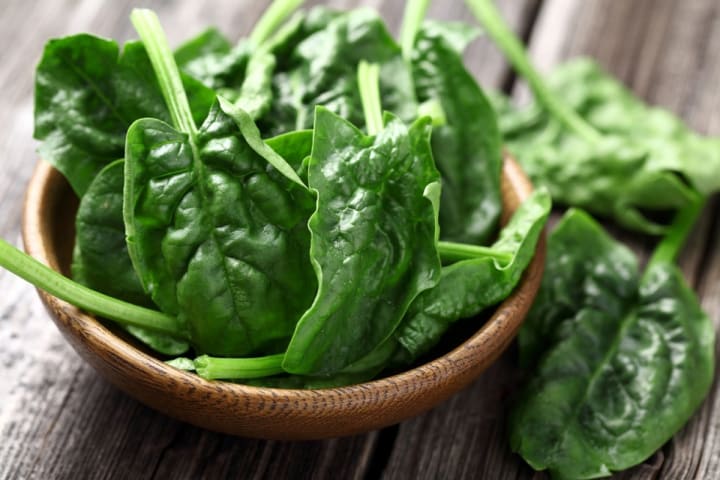
This is a superfood that contains a host of vitamins and minerals. Just half a cup contains 3.2 mg of iron, which accounts for about 20 percent of your recommended daily intake. Spinach is also high in beta carotene, vitamins A and C, and calcium.
How to eat it: Make spinach a part of your daily diet by putting it in salads, soups, omelets or smoothies. It tastes great both raw and cooked. It’s easy to sneak in soups and stews, and is healthy for the entire family. Pair it with herbs, spices and other ingredients such as garlic, olive oil or basil. Buying organic is best, but if cost is an issue, regular varieties are fine as well. You can also buy it from the frozen section of your local grocery store. For added freshness and flavor, try growing your own.
Red Meat
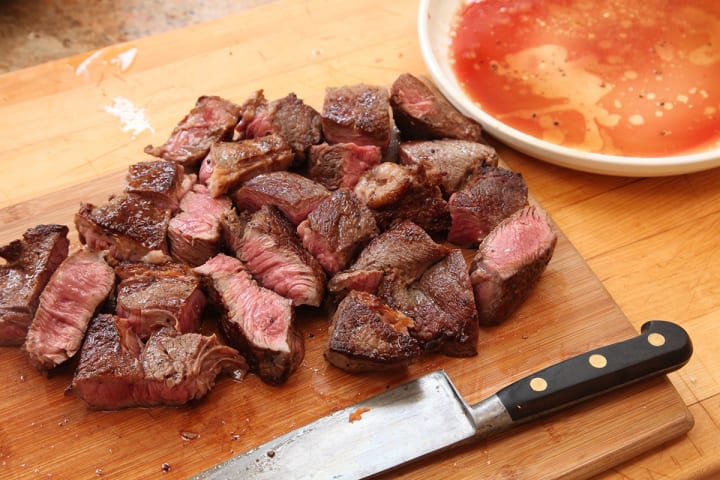
Beef, pork, lamb and other red meats are high in iron and protein. These meats contain heme-iron, which is easily absorbed by the body. The kidneys, heart and liver of these meats contain the highest concentration of iron. Red meat is also rich in Vitamin B12. Beef liver contains more than 600 percent of your recommended daily dose of iron. Eating liver two to three times per week will help increase your iron stores quickly.
How to eat it: There are literally dozens of ways to eat red meat: roasted, barbecued, stewed, stir-fried and broiled are just a few ways. Be careful not to fry red meat, as this will add unhealthy fat and calories. Pair the meat with onions and other vegetables for a wholesome meal.
Beetroot
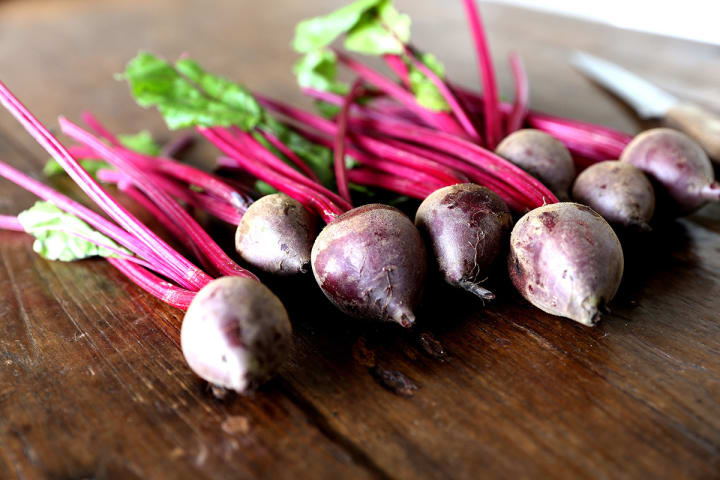
This is one of the best vegetables to fight anemia, as it is very high in iron. Beetroot will help reactivate and restore red blood cells. Once the red blood cells are repaired and reactivated, oxygen increases throughout the body. It also contains a variety of other vitamins and nutrients, such as vitamin A, C and antioxidants. You can find this vegetable in the produce section of your local grocery store. It can also sometimes be found in the frozen section.
How to eat it: There are many different ways to eat beetroot; try it pickled, raw, or cooked with a mixture of other vegetables for a tasty vegetable medley. You can also juice it for a healthy smoothie. Both the leaves and the root can be eaten, although the leaves have a more bitter taste.
Peanut Butter
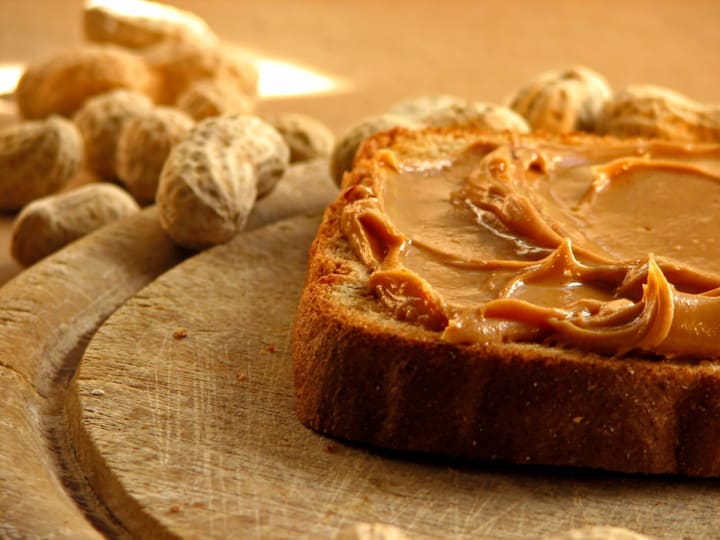
Just two tablespoons of peanut butter contain 0.6 mg of iron. It may not sound like a lot, but it is very easy to incorporate this delicious food into your daily diet. Peanut butter is also high in protein and dietary fiber. If you don’t want any added sugar, choose organic or natural peanut butter, which can be found in most grocery stores and health food stores.
How to eat it: This is a versatile food that can easily be added to dishes and meals. Spread some on whole-wheat bread or toast; put some in your morning smoothie, or add it to Asian stir-frys for a unique taste. If you really love the taste, you can even eat it right out of the jar! It’s also great with vanilla ice cream.
Tomatoes
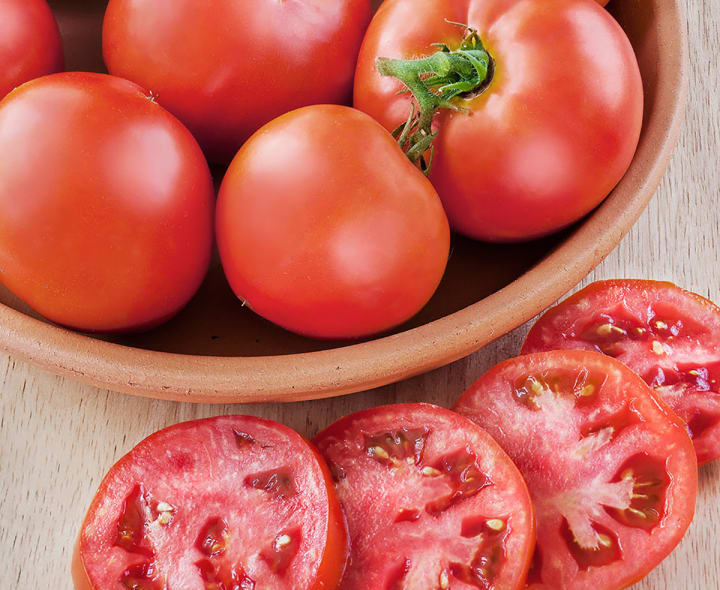
Lycopene and vitamin C are the main nutrients in tomatoes. Eating foods with vitamin C will help with the absorption of iron. There are dozens of varieties of tomatoes, and they are all equally healthy and delicious and they are very easy to grow at home. Tomatoes are also high in vitamin E and beta carotene.
How to eat it: Try to incorporate tomatoes into your daily diet by having a small glass of tomato juice each morning or with dinner. Tomatoes also make great additions to soups, stews and stir-frys. They can be eaten raw or cooked and can easily be found in the produce section of your grocery store.
Eggs
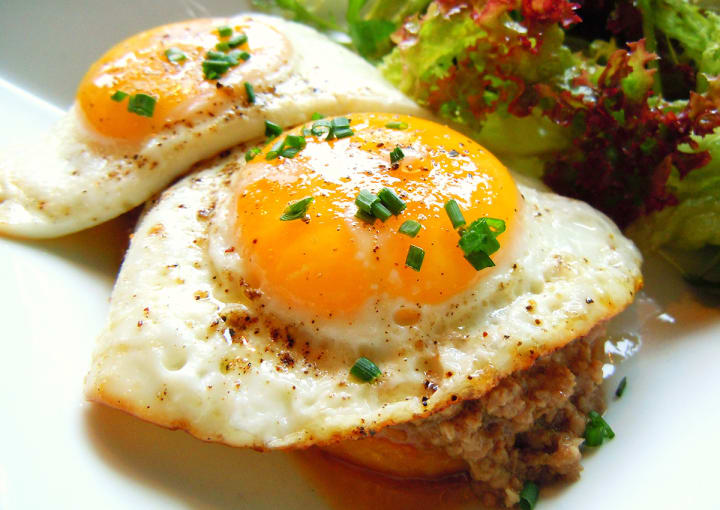
One large egg contains one mg of iron; eggs are also rich in protein, antioxidants and other nutrients. They are an ideal food to consume when you are fighting anemia. They are a versatile food that can be taken on the go, and cooked in numerous ways. Eggs had a bad rap for years because health experts thought they were high in cholesterol; experts are now retracting this, and no longer believe that eggs will raise cholesterol levels in the body.
How to eat it: Fry them, scramble them, hard boil them or poach them. Add them to salads or take a hard-boiled egg for lunch on the go.
Pomegranates
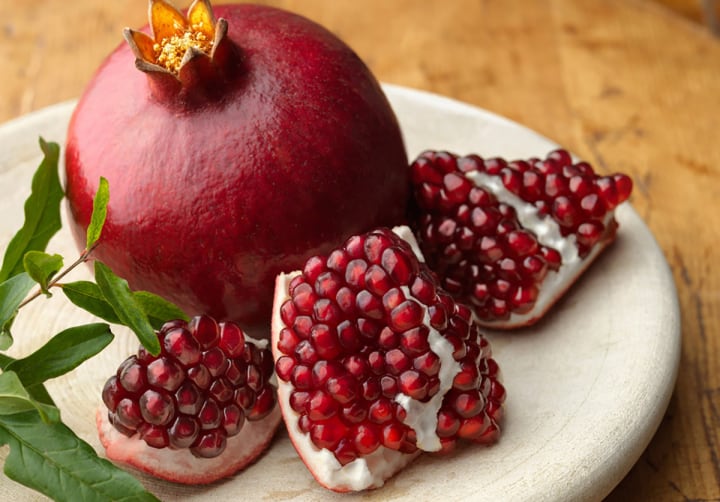
Rich in iron and vitamin C, this exotic fruit will also help fight the symptoms of anemia, such as tiredness and weakness. Try to consume one of these per day for best results. Not all grocery stores carry them, so you may have to go to a more upscale store to find them.
How to eat it: Pomegranates are a great addition to salads, or they can be eaten on their own. You can also juice it to enjoy with your breakfast each morning.
Nuts and Seeds
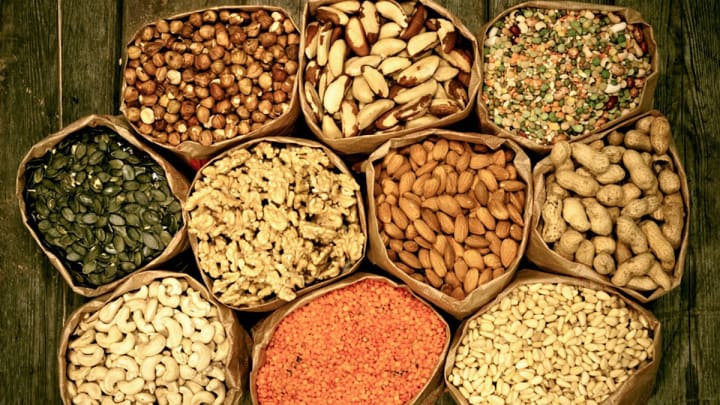
Walnuts, almonds, pistachios and pumpkin seeds are not only delicious, they are very healthy and are rich in iron, fiber and other nutrients. Just a handful is all you need to increase your iron intake. Pistachios contain 15 mg of iron in a 100 gram serving.
How to eat it: Natural, raw varieties are best, with no added salt or sugar. You can find an array of nuts and seeds at health food stores, as well as bulk food stores. Roasted pumpkin seeds are also tasty as are roasted almonds.
Honey
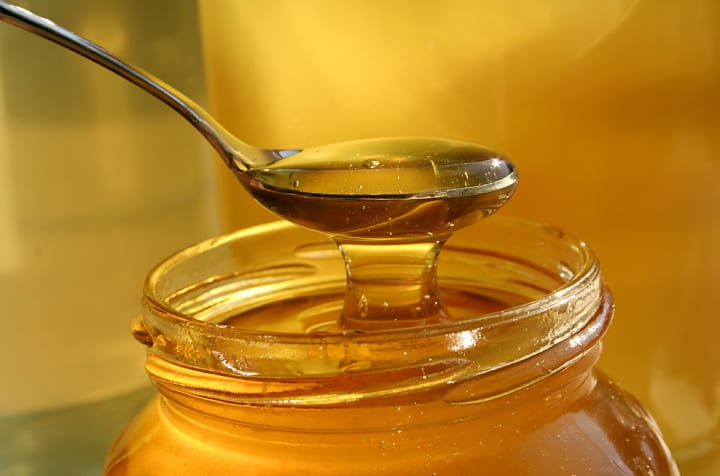
Natural, raw honey contains 0.42 mg for a 100 gram serving. It is ideal as a natural sweetener and is beneficial for the entire body. It also contains magnesium and copper with helps increase the body’s hemoglobin levels. Honey is naturally sweet and can be added to many foods to give a boost of flavor.
How to eat it: Try mixing a tablespoon of honey in with lemon juice each morning on an empty stomach. You can also spread it on toast, add it to meats and soups for a sweet, savory flavor.
Apples and Dates
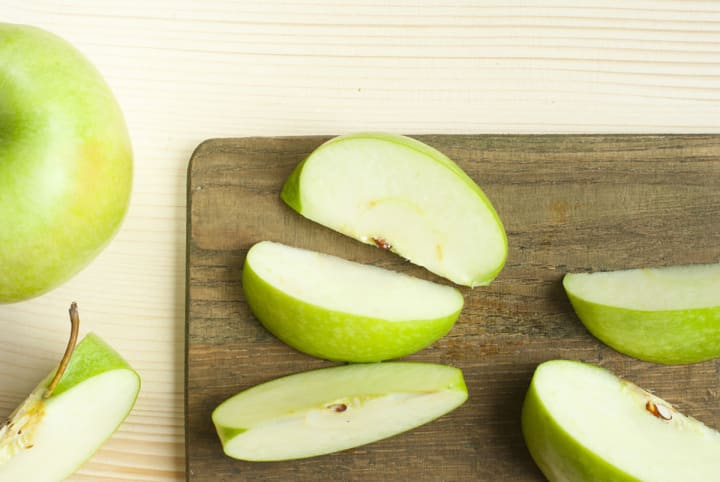
Apples are high in vitamin C and iron, which work together for maximum absorption of non-heme iron. Apples are also high in antioxidants and other nutrients and is a healthy addition to any diet. Dates are also very high in iron and complement the taste of apples nicely.
How to eat it: Apples and dates can be eaten on their own, or mixed with a fruit or garden salad. There are many varieties of apples, and should be eaten with the skin for maximum health benefits. It is believed that most of the vitamin C is just under the layer of skin; peeling them will reduce the amount of vitamin C you’re getting. One apple and 10 dates per day should be sufficient to fight anemia.
Keep in mind that anemia can be treated effectively, but it takes time, even with eating the proper foods and taking the right medication. Be patient and always follow your doctor’s advice. It could take up to six months to fully restore your iron and hemoglobin to normal levels.
About the Creator
Alicia Springer
Mother of two. Personal trainer. Fitness is about determination, not age.
Enjoyed the story? Support the Creator.
Subscribe for free to receive all their stories in your feed. You could also pledge your support or give them a one-off tip, letting them know you appreciate their work.






Comments
There are no comments for this story
Be the first to respond and start the conversation.